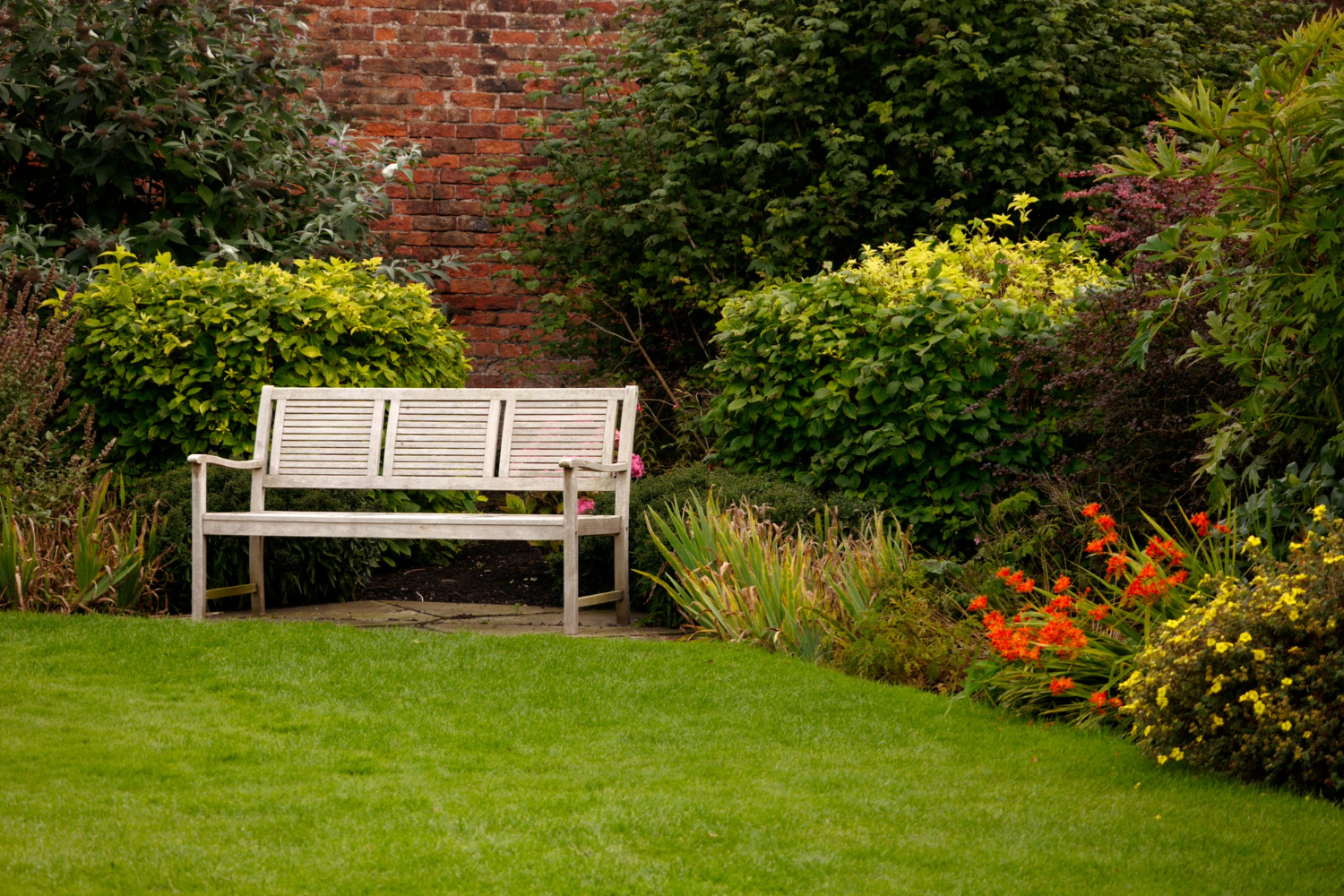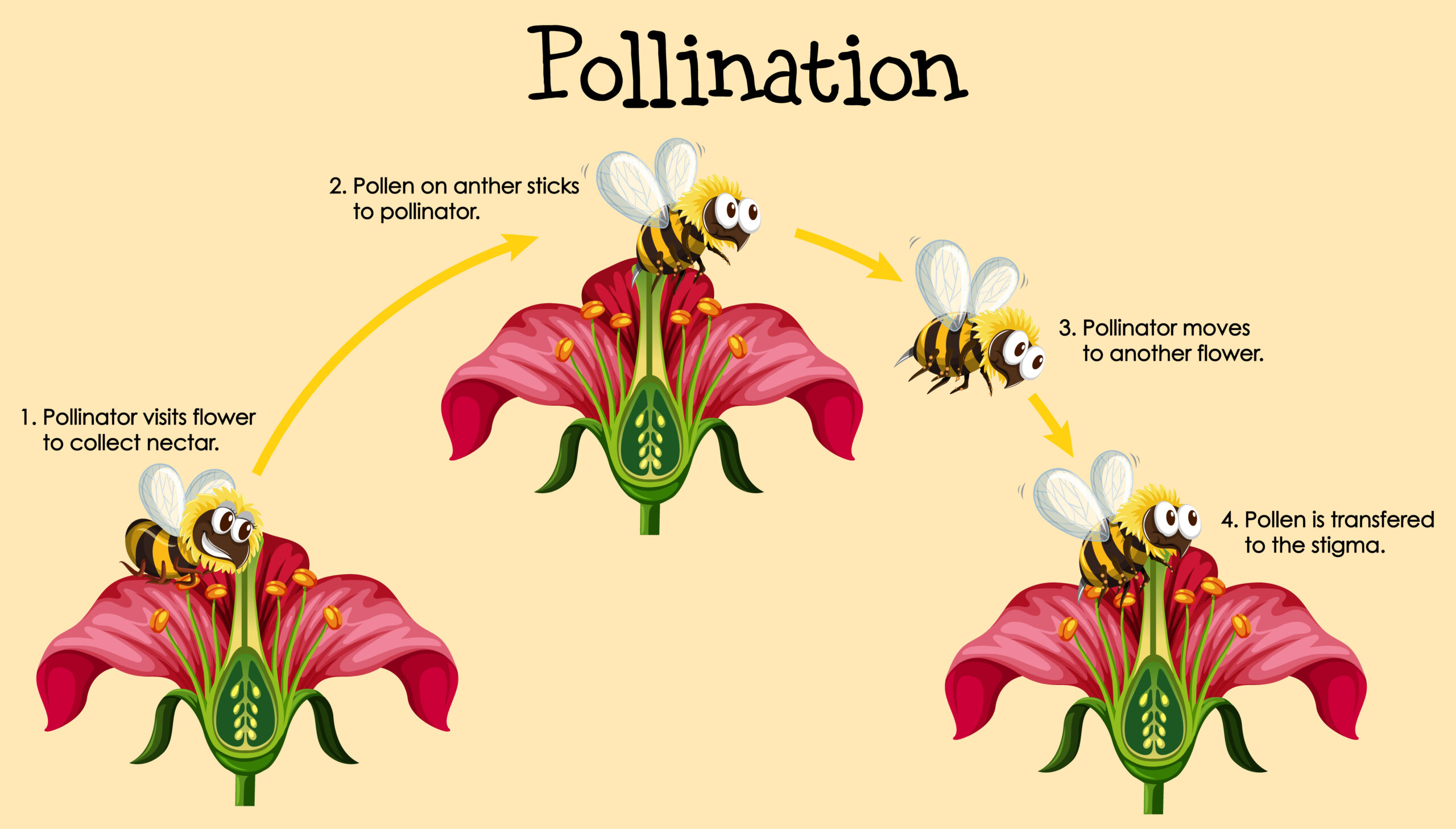If you’re looking to make the most of your home garden, why not consider edible landscaping? This practice involves incorporating food plants into your green space, creating a beautiful and functional landscape that provides fresh produce for your family.
Not only is edible landscaping a sustainable and eco-friendly option, but it also adds value to your property and promotes a healthier lifestyle.
Before you begin, it’s important to understand the benefits and considerations of edible landscaping. By choosing the right plants and maintaining your garden properly, you can create a landscape that is both visually appealing and bountiful.
In this article, we’ll guide you through the process of planning, choosing, maintaining, and harvesting your edible landscape, helping you to create a functional and enjoyable garden that provides fresh, organic food for your family.
Benefits of Edible Landscaping
You’ll discover the many advantages of adding tasty and nutritious crops to your outdoor oasis.
Not only do edible plants add beauty and color to your yard, but they also provide numerous health benefits. By incorporating fresh fruits and vegetables into your diet, you can improve your overall well-being and reduce your risk of chronic diseases, such as heart disease and diabetes. Plus, by growing your own produce, you can ensure that it’s free from harmful pesticides and chemicals.
In addition to the health benefits, edible landscaping also provides sustainability advantages. By growing your own food, you can reduce your carbon footprint and contribute to a more environmentally-friendly lifestyle.
You’ll also save money on groceries and reduce the amount of food waste in your household. Plus, by using organic gardening techniques and composting, you can create a closed-loop system that benefits both your garden and the larger ecosystem.
So, not only is edible landscaping a delicious way to enhance your outdoor space, but it’s also a smart and sustainable choice for your family and the planet.
Planning Your Edible Landscape
Don’t worry about lacking gardening experience, planning your new landscape can be a fun and easy process.
The first step is to think about creating zones in your garden. This means grouping plants together based on their needs and characteristics.
For example, you may want to create a zone for plants that require full sun and well-draining soil, and another zone for plants that prefer partial shade and moist soil. By grouping plants together in this way, you can ensure that each plant is getting the right amount of water, light, and nutrients, and that your garden is thriving as a whole.
Aesthetic considerations are also important when planning your edible landscape. You want your garden to be both beautiful and functional, so think about incorporating plants of different sizes, textures, and colors.
Consider using edible plants as borders or hedges, or mixing them in with ornamental plants. You can also add features like trellises, raised beds, or container gardens to add interest and variety to your space.
By taking the time to plan your edible landscape, you can create a beautiful and productive garden that provides both food and beauty for years to come.
Choosing the Right Plants for Your Garden
Choosing the right flora for your outdoor space can be a thoughtful and fulfilling process that allows you to create a personalized oasis.
When it comes to plant selection, there are a few things to keep in mind. First, consider the climate and soil type of your region. This will help you choose plants that are well-suited to your environment and will thrive in your garden. Additionally, consider the amount of sunlight and shade your garden receives throughout the day. This will help you choose plants that will receive the appropriate amount of light and ensure the success of your garden.
Another important factor to consider when choosing plants is the garden layout. Think about the size and shape of your garden beds, as well as any existing structures or features, such as paths or trees. This will help you choose plants that will complement the overall design of your garden and create a cohesive look.
You may also want to consider planting a mix of fruit trees, shrubs, and perennial vegetables to provide a variety of harvests throughout the year. By carefully selecting the right plants for your garden, you can create a beautiful and bountiful space that you’ll enjoy for years to come.
Maintaining Your Edible Landscape
Maintaining a thriving and fruitful garden requires consistent care and attention, ensuring that your plants continue to flourish over time. To keep your edible landscape healthy, you should perform seasonal maintenance to ensure that your plants are getting the right amount of water, sunlight, and nutrients.
This includes regular pruning to promote healthy growth, removing dead or damaged branches, and fertilizing your plants. Pest control is also crucial to maintaining a healthy garden. Various insects and animals can cause damage to your plants, affecting their growth and productivity.
You should regularly inspect your plants for signs of pest infestation and take necessary measures to prevent them from spreading. This can include using natural pest repellents, such as neem oil or diatomaceous earth, or using physical barriers like netting to keep animals away. By taking these steps, you can maintain a healthy and productive edible landscape for years to come.
Harvesting and Using Your Edible Plants
It’s time to reap the rewards of your hard work and enjoy the bountiful harvest from your flourishing garden. Harvesting your edible plants at the right time is critical to ensure their maximum flavor and nutrient content.
You can pick herbs and leafy greens like lettuce, spinach, and kale as soon as they reach their full size. For fruits and vegetables, wait until they are fully ripened before harvesting. You can tell that they’re ready by checking their color and firmness.
Once you’ve harvested your plants, you can use them in a variety of ways. You can eat them fresh, of course, but you can also use preserving techniques to extend their shelf life. For example, you can freeze your herbs or blanch and freeze your vegetables.
You can also use your creativity to come up with new and exciting recipes. Consider making pesto with your basil, or using your tomatoes to make homemade salsa. The possibilities are endless, so don’t be afraid to experiment and try new things.
Conclusion
Congratulations! You’ve now learned the basics of edible landscaping and are ready to start incorporating food plants into your home garden.
By choosing the right plants and maintaining them properly, you can enjoy a bountiful harvest of fresh, healthy produce right from your own backyard.
But remember, edible landscaping is not just about practicality. It also offers many benefits, such as reducing your carbon footprint and providing a beautiful, sustainable landscape.
So, don’t be afraid to get creative and experiment with different plant combinations to create a stunning and functional garden. With a little planning and effort, you can enjoy the fruits of your labor and reap the rewards of a thriving edible landscape.
Happy gardening!









